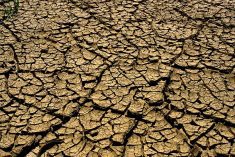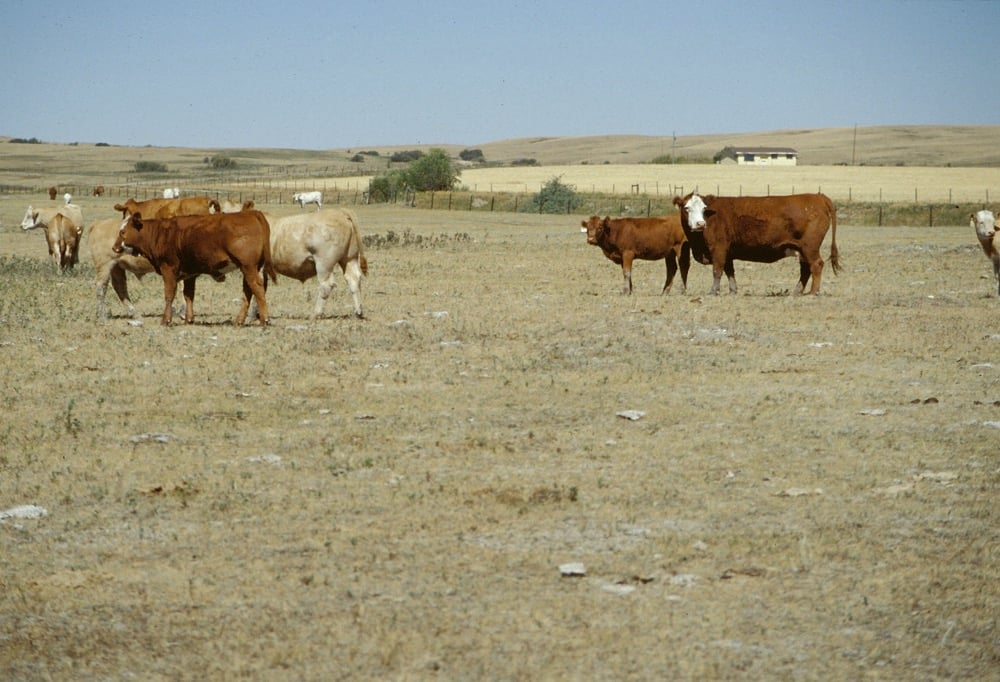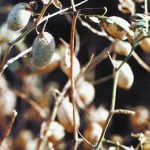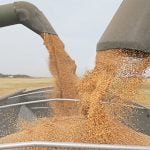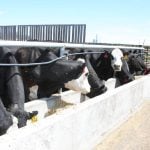Reducing stress at weaning time may be even more important this year, due to challenging conditions over the summer.
With wildfire smoke persisting across much of Canada, coupled with extremely dry conditions in some regions, producers need to be aware of how these factors can affect the health of their calves at weaning.
“This is going to be a tough one this year because certainly we have had the smoke in the air, we have had a lot of dust and we’ve had a lot of stress on these animals,” says Dr. Cheryl Waldner, professor of large animal clinical sciences at the Western College of Veterinary Medicine.
Read Also

Alberta ranch family outlasts droughts
Over the years, the Lehr family has learned a thing or two about managing the ranch through dry years
Waldner discussed options for reducing health effects of wildfire smoke on calves at weaning during a Beef Cattle Research Council webinar in late July. As part of a producer Q&A on topics related to drought stress, Waldner was asked by a producer who had many animal health issues with calves post-weaning during a dry, smoky year in the past if anything can be done ahead of time to help reduce those issues.
The most important step to prevent health issues due to wildfire smoke in weaned calves, Waldner explains, is vaccination.
“For mycoplasma we don’t have a good vaccine, but for histophilus, for pasteurella, for the viral causes of pneumonia, we have good vaccines, and getting vaccines into these calves whenever we have an opportunity prior to weaning will make a difference in how those calves do after weaning,” she says.
“I realize it can be tough to coordinate that sometimes, especially if it hasn’t already been done, but that’s the one single management practice that we can undertake that is guaranteed to make a difference.”
In addition to preventing disease through vaccines, Waldner recommends implementing strategies to decrease stress at weaning as much as possible.
“Looking at low-stress weaning options if you haven’t tried them before, like fence line weaning or some of the other options out there, might be worth considering,” she says.
“Trying to do what we can to adapt calves to post-weaning feeding opportunities, acclimatizing them to the water sources that they’re going to be moving onto as best we can — anything that we can do to reduce stress at weaning.”
As well, supplementation of trace minerals and vitamins for both cows and calves can play a factor in boosting the calves’ health heading into the fall, says Waldner.
For more information on low-stress weaning methods, visit the BCRC website. BCRC has also compiled drought-related resources for cattle producers.
The full replay of BCRC’s Ask the Experts webinar on drought stress is available on YouTube.




